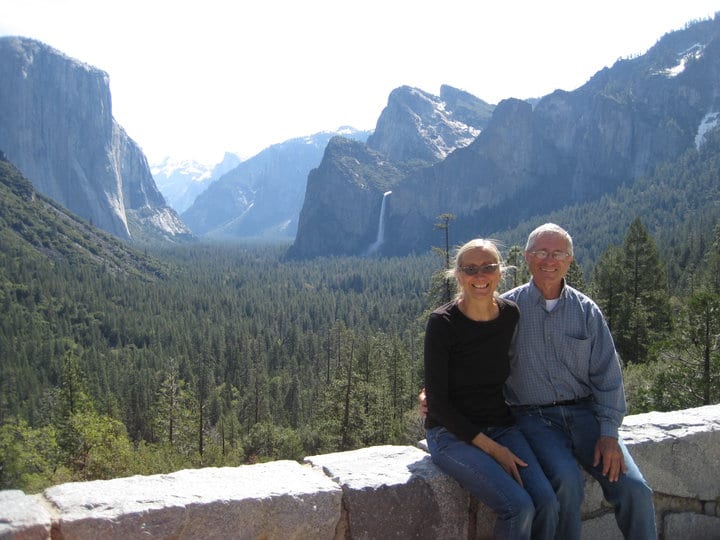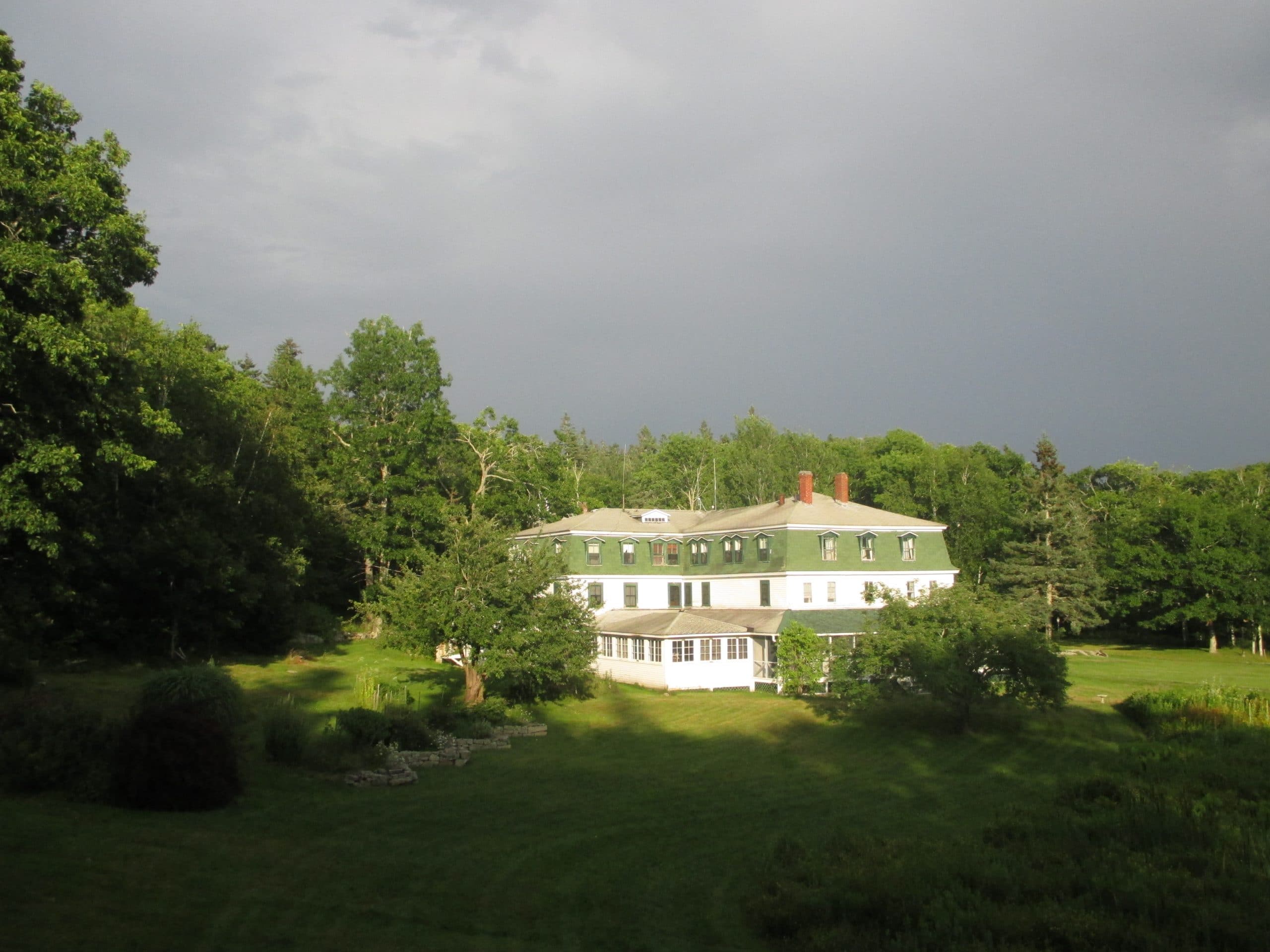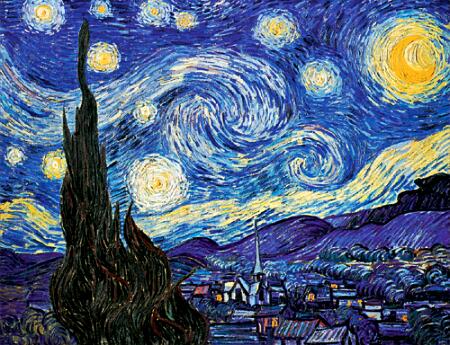 I grew up in western Pennsylvania. There were woods nearby, and while I often played in them, their wonders—the trees and birds, the changing seasons—escaped me. I never asked why the robins flocked to the neighbor’s yard in the spring or marveled at the bushes glistening in the sun after an ice storm. I didn’t know that the entire landscape had long ago been shaped by modern industry and mining, which cut down the forests, dredged the rivers, and polluted the air. If you asked me what was beautiful, I might have said a 1954 Cadillac or a new baseball mitt.
I grew up in western Pennsylvania. There were woods nearby, and while I often played in them, their wonders—the trees and birds, the changing seasons—escaped me. I never asked why the robins flocked to the neighbor’s yard in the spring or marveled at the bushes glistening in the sun after an ice storm. I didn’t know that the entire landscape had long ago been shaped by modern industry and mining, which cut down the forests, dredged the rivers, and polluted the air. If you asked me what was beautiful, I might have said a 1954 Cadillac or a new baseball mitt.
Karen was different. She noticed her woods. She loved to go to her neighbor’s pond and to the nearby creek, catching tadpoles and waiting excitedly for the first ice to form so she could crack it with her shoes. She picked wild flowers and berries and observed the birds and deer. She had a discerning eye and an inquiring mind, always wondering why. Her uncles had a farm, and she knew where her family’s milk and meat came from. We lived on a farm for a few years, in a house my parents rented from the farmer, and all I remember is how afraid I was of the chickens.
When we began our journey ten year ago, the first place we lived after leaving Pittsburgh was Yellowstone National Park, one of the country’s special places. I continued to be oblivious
to the natural world around us. But Karen wasn’t. She would be driving, and she’d say, “Look, I think there’s an eagle in that tree.” Or, we’d be hiking and she’d say, “Look at those clouds.” She’d know when there was to be a full moon, and she’d make me go outside to look at it.
As we explored Yellowstone, I started to see things for myself. I spotted four golden eagles, and I kept a careful eye out for wildflowers. I spotted a moose before Karen, no small accomplishment. I began to enjoy the deep darkness at night, the bright red baby bison, the cutthroat trout in the Yellowstone River. I looked for new hiking trails. A new world was opening up to me.
Then, an interesting thing happened when we moved to Manhattan. We had wanted to live there for years. But we knew within a couple of months that we wouldn’t stay long. There was too much trash, too much soot, too many people, too much noise, too much light. We walked the length and breadth of Central Park as often as possible, but Central Park was crowded too, and it wasn’t Yellowstone. We’d walk across the Brooklyn Bridge just to get to the relative peace and quiet of Brooklyn Heights and its lovely promenade. A day at the Statue of Liberty and Ellis Island seemed like a great escape. On the Staten Island Ferry, the sense of claustrophobia that had been weighing me down lifted miraculously. Yellowstone had been more important than I had realized. We couldn’t live on a crowded urban island. We had to be closer to open and wild places.
Our relationship to nature—to the world of plants, animals, rivers, oceans, mountains, forests, and canyons—changed permanently when in the autumn of 2002 we moved from New York City to Portland and began to explore the Pacific Northwest. In the book that has given this blog its name, I tried to describe this transformation:
The Northwest is mountainous, with steep forested slopes running down to the sea and with volcanic peaks almost always in sight. There are so many dazzling things to see that it is hard to know where to begin. While we had begun to appreciate our nation’s natural beauty at Yellowstone, it was in Portland that we came to love it and make it an integral part of our lives. Our weeks were filled with planning, preparing for, and taking trips—to the gorge, to national parks, to the Oregon coast. We never imagined that packing lunches and spending a day in the woods could be so fine a thing to do. We’d pick a destination, read everything we could find about it, plot out the driving directions, and go. Everything was new and amazing. Transforming too. I had let work dominate much of my life for so many years. Taking time to see, much less contemplate and enjoy, the beauty around me had little place in my life. During our fourteen months in Portland, I saw the error of my ways. Beauty, contemplation, enjoyment—these weren’t something to feel guilty about, mere adjuncts of life. They were life.
We left Portland after fourteen months and embarked on a ninety-day road trip, the first of many. We began to be what his chronicler called Everett Reuss—“a vagabond for beauty.” A month in Flagstaff, Arizona, hiking in the San Francisco Peaks, Sedona, the Grand Canyon, and a half dozen national monuments. Several week-long visits to Zion National Park, once in late winter, with a trek high up into the snow-covered cliffs. A month at Lake Tahoe in October; could you ever tire of that azure water? A week in the Ruby Mountains near Elko, Nevada. Crater Lake, Mt. Rainier, Mt. St. Helen’s, Shi Shi Beach, Hurricane Ridge, Joshua Tree National Park, the mountains around Santa Fe, Big Sur Highway, Yosemite Falls, Moab, this list could go on for several pages. The more we traveled, the more we learned, the better we felt, and the more we wanted to travel. A pleasant addiction if ever there was one.
As we spent so much time in spectacular settings,—watching, listening, thinking—two things happened. First, the beauty of the natural world is a sublime enjoyment we got for free, and this made the pleasure from having possessions pale by comparison. We decided never to let things become our masters. Second, we began to comprehend the great age of the earth, evident every time we walked on rocks or ocean shore, and this made us see the insignificance of our lives. But we were content. When one of us had a life-threatening illness, remembering our years on the road, mentally reliving the exciting things we did and the inspiring landscapes we saw, gave a comfort nothing else could have given. We are a part of the great and endless circle of life, nothing more, but nothing less.
A decade of seeing the stunning landscapes of the United States has made us feel a sense of solidarity with the plants and animals, even with the rocks, soil, and water. Any assault on them by our fellow human beings has become an assault on us: a plastic bottle thrown on a trail, trash on the beach, plants trampled by horses, a resort built next to beautiful rock formations, a ski complex using waste water on sacred Indian land, visitors bothering the bison or disturbing an eagle nest, the importation of invasive and ruinous plant and animal species.
And these are relatively minor affronts compared to the truly outrageous and rapacious despoliations of nature we have witnessed. I have often written about these, so I won’t detail them here but just say that the destruction wrought by industrial agriculture, mining, and urban/suburban sprawl continue unabated. They hurt our hearts.
When you encounter the glories of nature, you want to share them, to make others aware that they exist. If we are vagabonds for beauty, we think everyone should have a chance to be one. This beautiful country is our land. Get out into it. Cherish it. If you are like me, nothing will make you happier.










Mike
Nice perpective and lessons well learned. Having spent three years 2o miles from Yellowstone Park i can relate to all that you submit. You write well. Safe sojourn. e
Thanks, Ed. You lived in Wapiti, right? We drove by there many times. The drive into the park from Cody is spectacular. When we visited
Yellowstone a few years after we worked there, a big mudslide on the road buried cars up to their windows. No one was hurt, but the
road was closed.
“Only after the last tree has been cut down, Only after the last river has been poisoned, Only after the last fish has been caught, Only then will you find money cannot be eaten.
~ Cree Prophecy
Mark, that is a great prophesy. Same goes for gold, for any goldbugs out there!
I bicycled around Yellowstone and western Montana in the summer of 2007. Lovely area of the world, though camping in grizzly country made me a bit nervous!
Paul,
We are always afraid of grizzlies, with good reason I think. I wouldn’t camp or hike alone in grizzly country. They are great to see from a distance though!
I see you still carry on the fight, and while I too see the truth of nature I also find a dynamic of humanity in the great cities. As an infant and child I had a part of almost unremembered life in New York City, years later, after college and graduate school I again spent time there and found the attraction of a place that had once been part of my life returning: the people the purpose, the possibilities that the human race is capable of developing. There is much to be said for a seventh avenue bus and the mix of language and ethnic custom heard as one moves through the city. (give me a bus over the subway.)
Yet , one does not need such a metropolis. Pittsburgh is a good example. Recently we got into a discussion at a conference about the state of Braddock. After agreeing on Buba”s film and the Rolling Stone article , someone said:” The problem there is that it worked.” And Mike, there is some truth there. Those hard working, opressed people got some of their kids out of that hell. What’s there is now another hell, unknown and unexperienced by us. What is needed now is a method for those trapped by the current economic opression for the children of this generation to see and get a hold of the lifeline out that we had given to us.
I don’t think that a total overthrow of the system is possible, so how do we do it? Some of it is organizing. Some is building pride and a sense of possibility in those coming after us – You and I in our way have tried some of that- some is raising hell in the venues where we can still get some people to listen to our voices. I am pleased to see you continue the fight.
Charles, good to hear from you. Thanks for these insightful comments. Braddock, my home town and many others are shells of their former selves. Yes, something has to be done. Maybe as is happening in Detroit and in Cleveland the people are groping toward new kinds of community. BTW, I think the first article on Braddock and its mayor was by Jim Straub in Monthly Review. The fine writer at Vanity Fair, James Walcott, took note of it.
Like the draft in the 60’s, until the war comes to everyone’s town, everybody will remain willfully ignorant about what’s happening in this country. Well, the war is on its way in the form of fracking for natural gas by exploding toxic chemicals into the ground and mountain top coal mining by detonating the tops off of mountains threatening to completely destroy what’s left of the natural beauty of our country and pollute our precious water. It’s stealth warfare. But it’s war in every sense. The new Civil War. However, the wealthy investors of these companies will live in beautiful, protected segregated communities and remain unaffected by the ruination they created on behalf of their corporate warlords.
Trust me, they are living on borrowed time.